Italian neighbors used to compete by building tall towers. See inside one that's still standing after 600 years.
Torre Guinigi, or Guinigi Tower, was built in Lucca, Italy, in the late 1300s.
It was common for wealthy families to commission towers to see who could build the tallest one.
The tower's roof has a garden, which has several tall holm oak trees and is open to visitors.
In 2024, homeowners' displays of wealth might include at-home movie theaters, helipads, sprawling subterranean garages — or even a towel warmer.
But in medieval Italy, homeowners were more obvious: The taller their structure, they thought, the greater their wealth and influence.
The rich sought to one-up each other by building the tallest towers they could. In some cities, like Lucca in Tuscany, the competition led to a skyline of medieval skyscrapers.
However, in Lucca today, just two towers remain from the time period, according to the city's tourism office. One is Torre Guinigi, or Guinigi Tower, which was built in the 14th century. Beyond its fascinating history, it's also notable for its unique rooftop garden of oak trees, which is visible from the street.
Here's a closer look at the tower, its history, and the spectacular views offered from its garden.
The 150-foot-tall Torre Guinigi dominates the skyline in Lucca, a city in Tuscany, Italy.
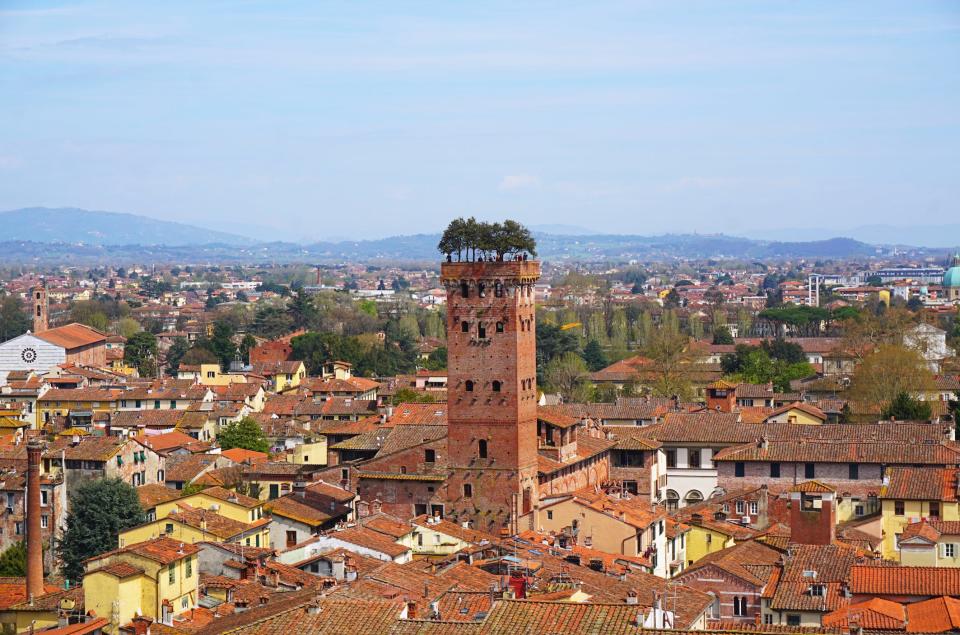
The medieval tower, an example of Romanesque-Gothic architecture, was built in the late 14th century for a family of wealthy merchants and bankers, the Guinigis. It was part of a complex of buildings where members of the family lived, according to the tower's visitor website.
At one point, the city had more than 130 towers. Today, according to the city's tourism office, Torre Guinigi is one of just two towers dating back to the Middle Ages.
At the time it was built, neighbors competed to see who could build the tallest structure.
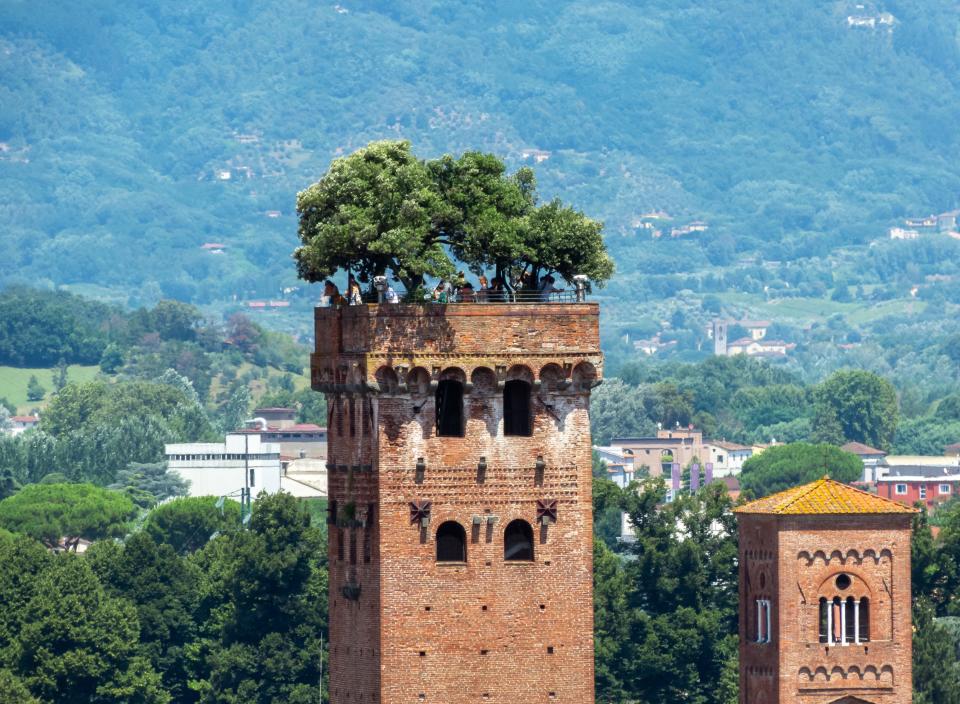
It was common in Italy for rich families to commission towers to see who could build the tallest one.
"Towers were symbols of power, of importance, prestige, and wealth," MP Tours founder Paula Stanghetta, who has visited the city, told Business Insider. "Families competed to create the highest, most unique tower, which could also serve as a strategic advantage in times of attack."
However, by the 16th century, most of the towers had been destroyed or reduced in size. Others fell because they simply couldn't withstand their heights.
"Beyond a certain height, however, the tower often collapsed, to the mockery of the owner and great satisfaction of the enemy families," wrote Lucca's tourism office.
Torre Guinigi is now open to the public. To reach the roof, visitors must climb 230 steps.
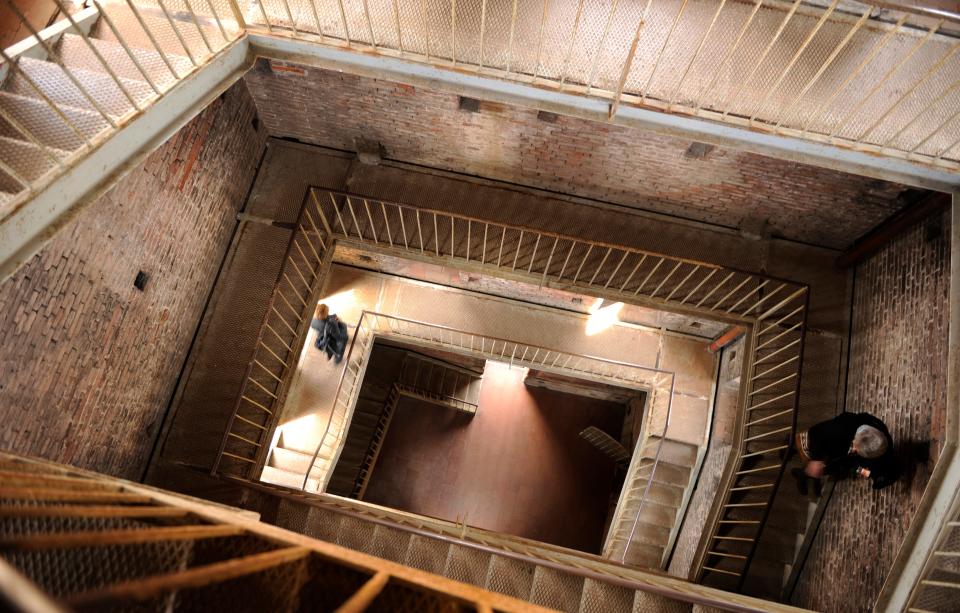
The tower remained in the Guinigi family until 1968, when descendants bequeathed it to the city, according to the tower's visitor website. It was restored and opened to the public in the 1980s.
Now, visitors can climb 230 steps over 28 flights of stairs to reach the top. The stairs were originally on the outside of the building.
It costs 6 euros to visit, or around $6.50.
Once at the top, visitors will find panoramic views and one of the most unique gardens in the world.
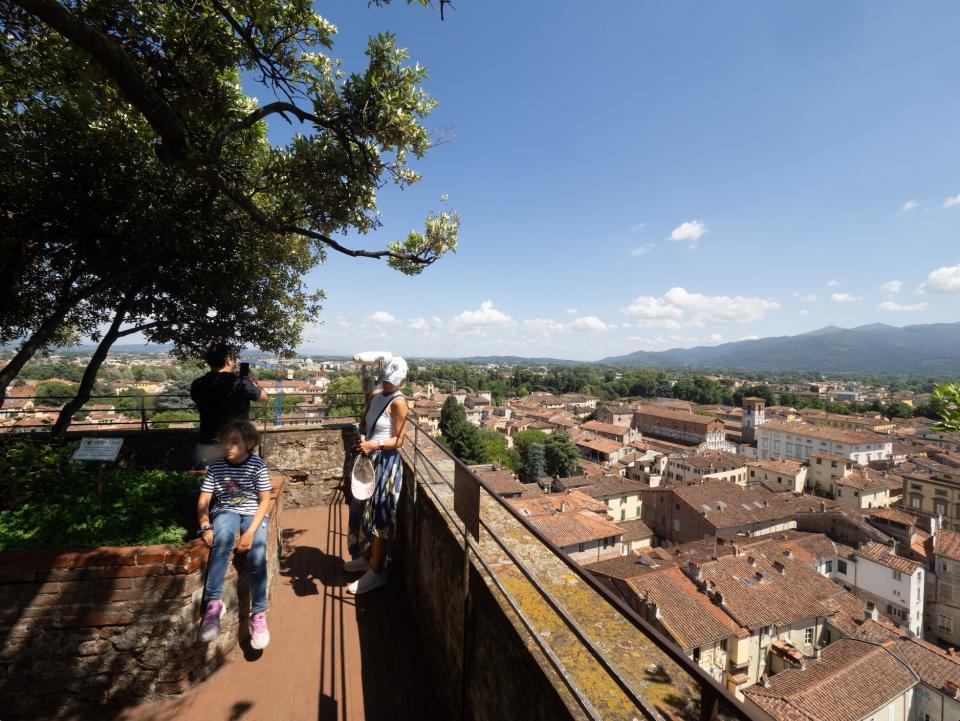
When the Guinigi family built the tower, they created a garden on the roof to "represent rebirth and renewal," according to Tuscany's tourism office.
Today, holm oak trees, which are native to the Mediterranean and common in Italy, shade visitors from the Italian sun.
"Its garden and height are what make it unique," Stanghetta said of Guinigi Tower. "And of course there is a legend or tragic story that is connected to the garden."
The legend goes that the garden's tallest tree was planted by Paolo Guinigi, who became the lord of Lucca in 1400. In 1430, a popular revolt ended his leadership, and he was arrested. Before his death, while he was imprisoned in 1432, the tree at the top of the tower is said to have lost all of its leaves.
From the top of the building, visitors can see the one other remaining medieval tower in Lucca: the 160-foot-tall Torre delle Ore.
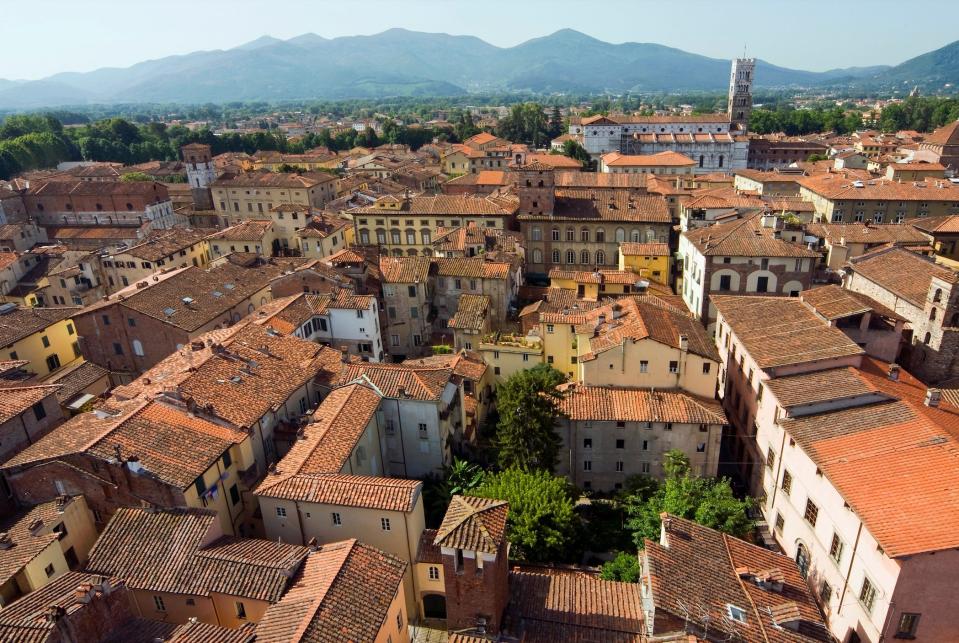
The Torre delle Ore, a clock tower, is the tallest tower in the city, according to Lucca's tourism office. It has held a clock since 1390.
From the top of Guinigi Tower, visitors also look out on the city's red roofs, its original Roman center, church spires, and the Tuscan hills.
Centuries after they built the structure to flaunt their wealth, the Guinigi family's tower endures.
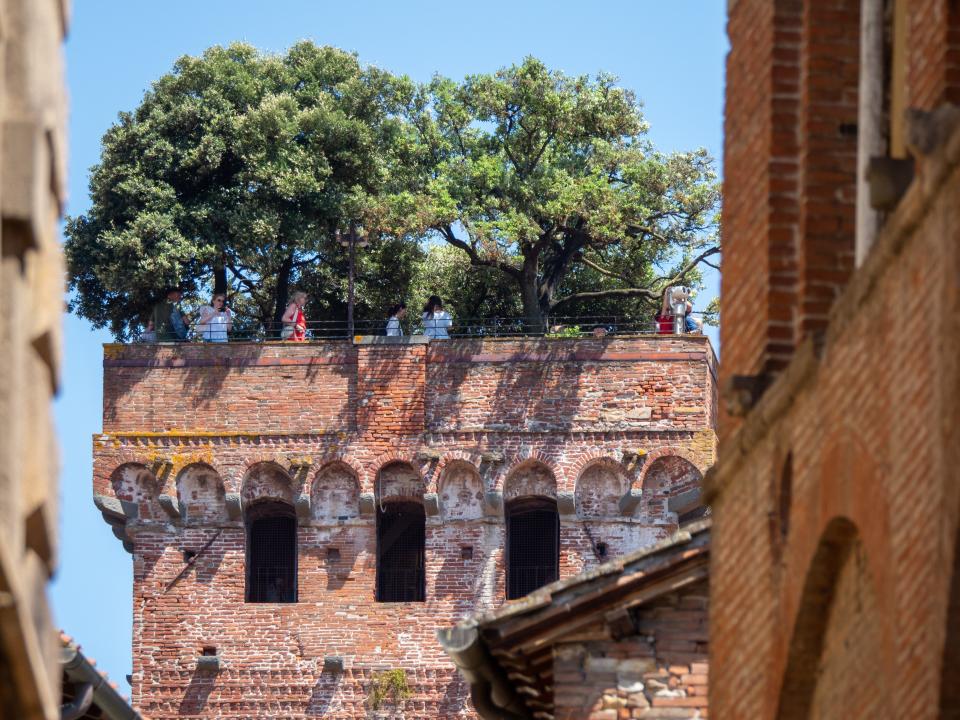
The structure, one of the most popular attractions in Lucca, offers a fascinating insight into how Italy's wealthy classes once operated.
Read the original article on Business Insider

